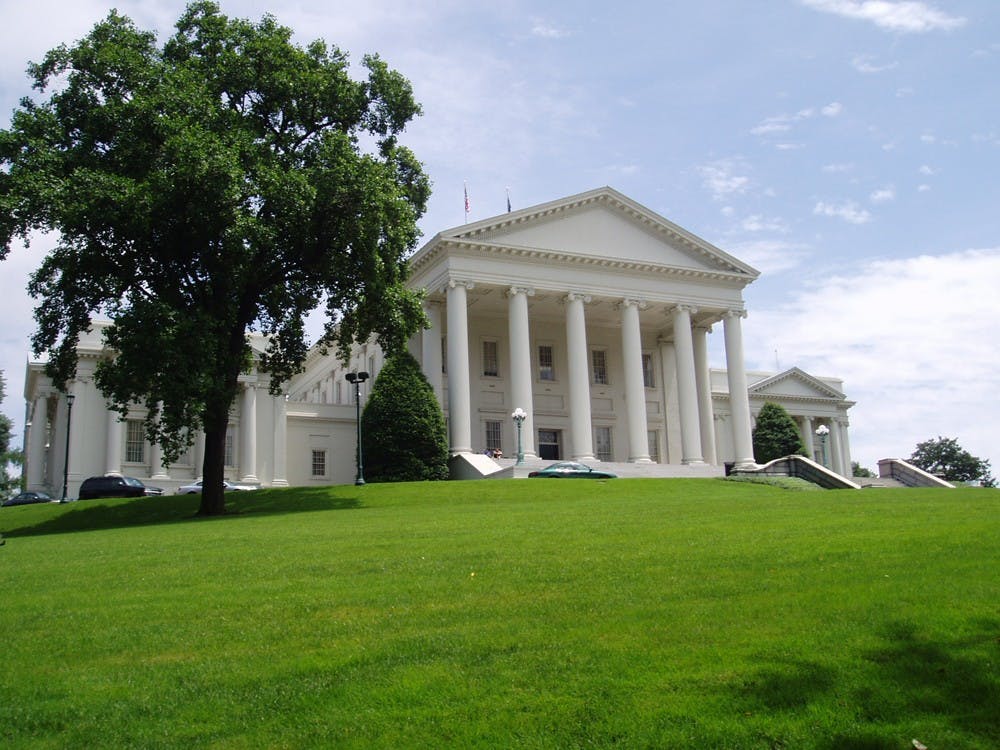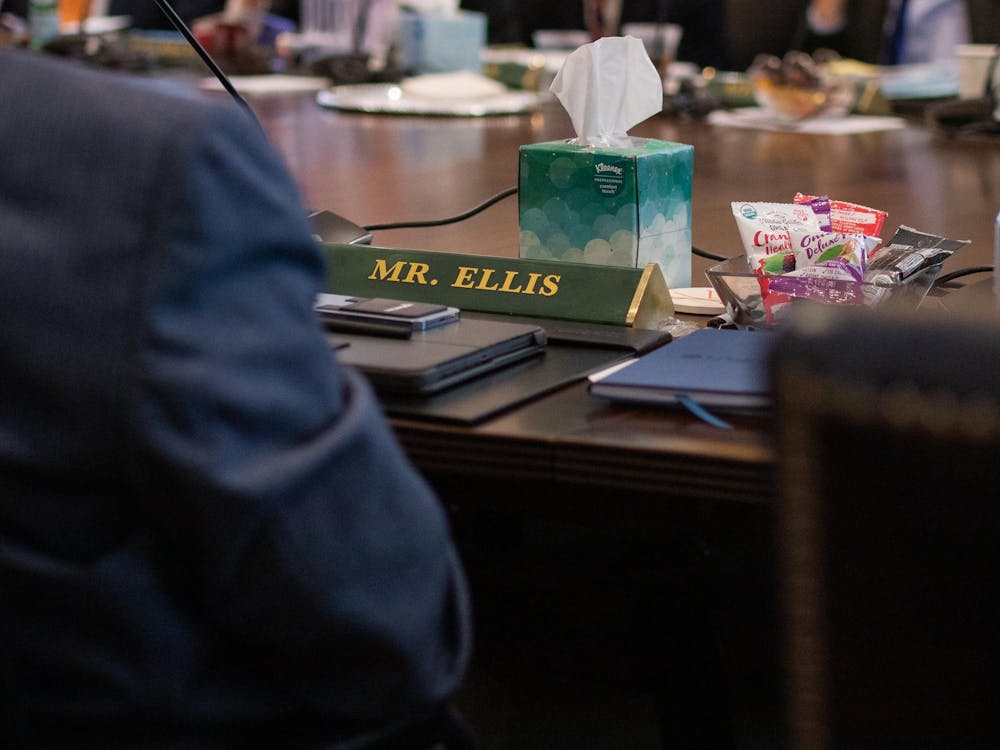Gov. Terry McAuliffe announced Monday that public institutions for higher education throughout the state will renew and expand their commitment to bolster economic development.
The new initiative is outlined in the Memorandum of Understanding, which highlights various ways public education institutions can increase commitments to the state economy. These initiatives include increasing connectivity between universities and business clients.
“Virginia’s economic strengths are in its workforce and business friendly climate,” McAuliffe said in a press release. “Partnerships between higher education and economic development are vital to our efforts to establish a new Virginia economy that is responsive to business needs and creates greater employment opportunities for our graduates.”
The partnerships will involve organizations such as the Virginia Economic Development Partnership, the State Council of Higher Education for Virginia and the Center for Innovative Technology, who signed this new memorandum with college and university leaders throughout the Commonwealth.
The MOU will serve as a middle point between higher education institutions and the economic sector. Members of the business and economic sphere will be able to utilize resources from the Commonwealth’s institutions.
John Broderick, chair of the Virginia Council of Presidents and President of Old Dominion University, said businesses should be aware of high quality institutions available to them in the state.
"Virginia has a strong higher education system,” Broderick said in a press release. “From our leading research institutions to community colleges within 30 miles of nearly every resident, we are able to offer higher educational opportunities to every Virginian. Whether it is through on-campus instruction, flexible online education or continuing education, we want businesses to know about the breadth of services we can provide to meet their current and future needs.”
The initiative is a continuation from an MOU, which was signed in 2012, and includes a key difference allowing each organization to utilize their resources and advantages to take on specific tasks for the initiative.
SCHEV — which works closely with the Governor’s office to solve higher education issues such as budgeting and policies for public institutions — worked throughout last fall to produce their plans for the initiative.
Wendy Kang, director of Higher Education Innovation with SCHEV, explained this is a beneficial addition as it creates a more comprehensive initiative overall.
“The agreement aligns with SCHEV’s new strategic plan in order to expand the roles of higher education institutions throughout the state, which is great because the initiative mirrors the mission of the council,” Kang said. “[The council] was active with the last memorandum, and this memorandum acts as an extension of the one that was constructed in 2012 by adding the Center for Innovative Technology.”
Kang said one main point of the memorandum is to improve the representation of Virginian institutions in other sectors, especially business.
“Our main goal is to better the marketing of Virginia’s institutions and the assets of the colleges and institutions throughout the state,” Kang said. “These are highly ranked institutions and what [the council] is trying to build is more awareness for the other services that these institutions provide.”
Kang said in addition to increasing the amount of students who are hired straight out of school, the agreement will look to expand other areas that the state’s institutions can be resources for, such as training outside of degrees and continuing education for master’s and doctoral programs.
Kirsten Nelson, director of communications and government relations at SCHEV, explained this initiative is part of McAuliffe’s responsibilities to promote the state as a whole.
“What’s important to distinguish about the governor is that he tries to find ways to market Virginia as a whole in order to benefit the various industries and institutions throughout the state,” Nelson said. “His measures to market the state as one entity is quite beneficial.”







